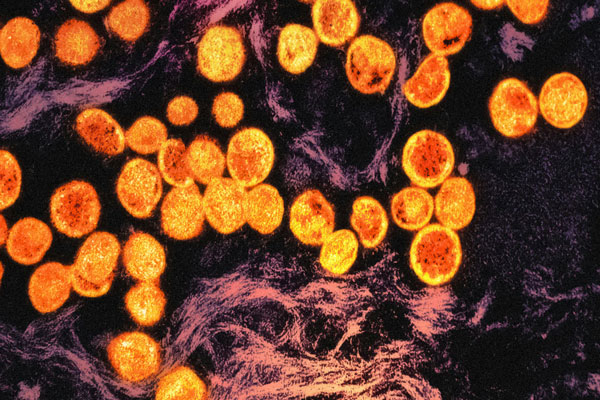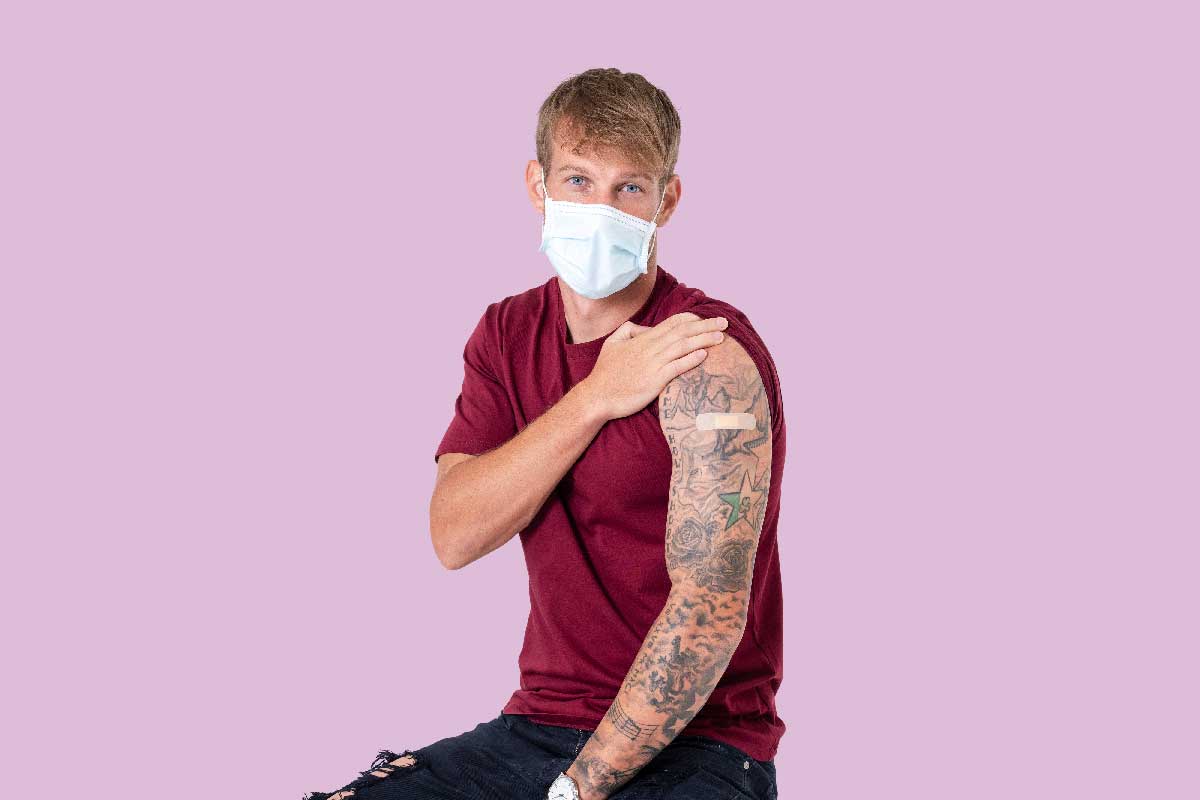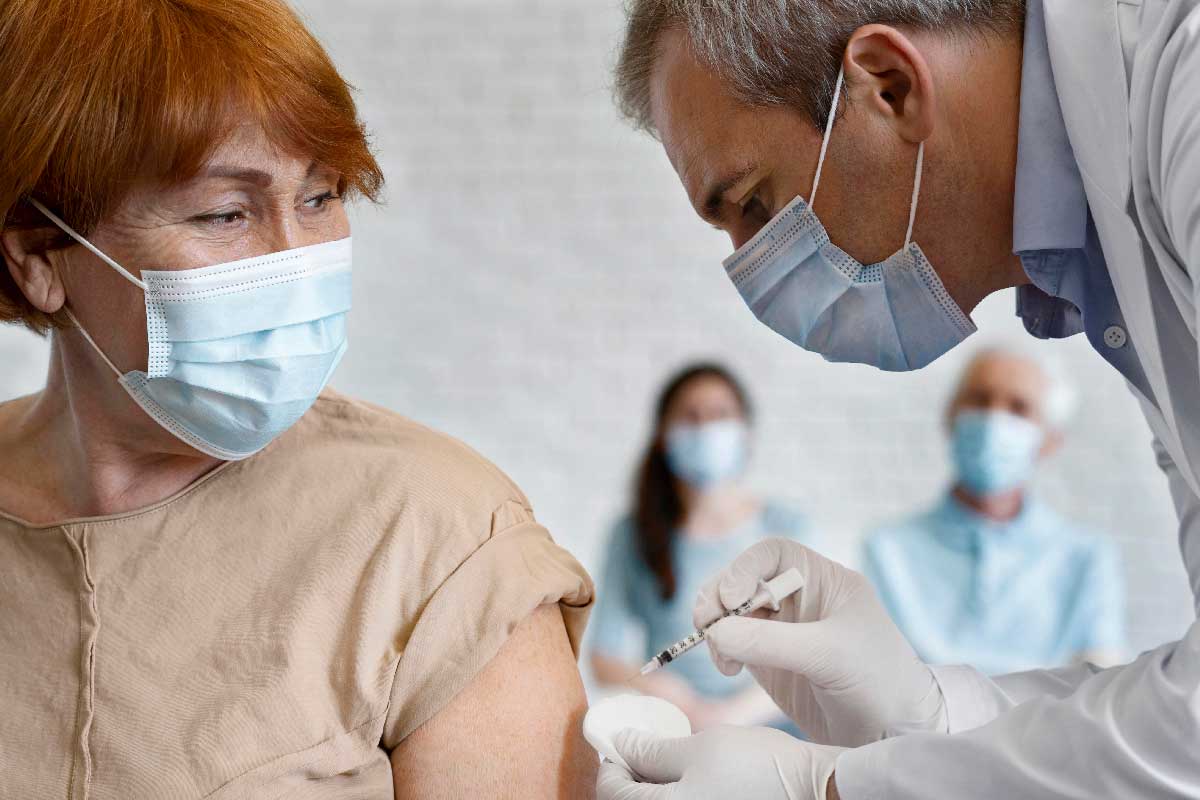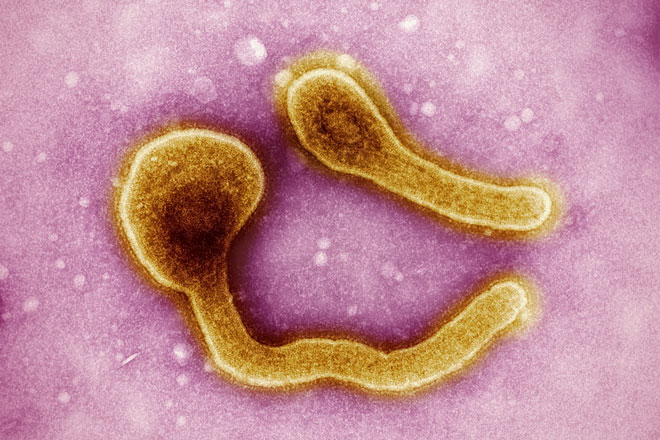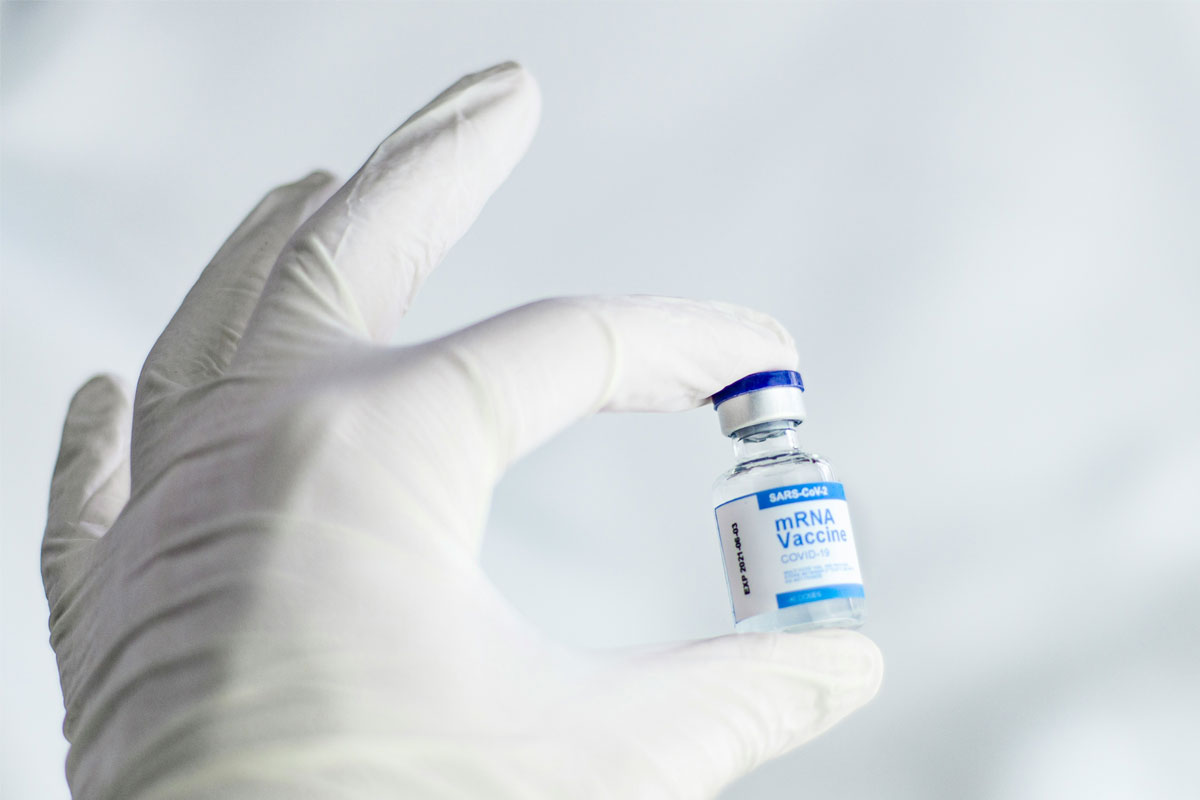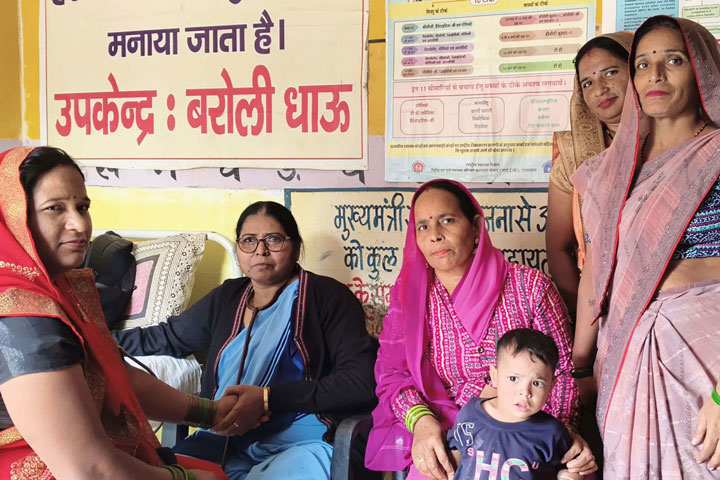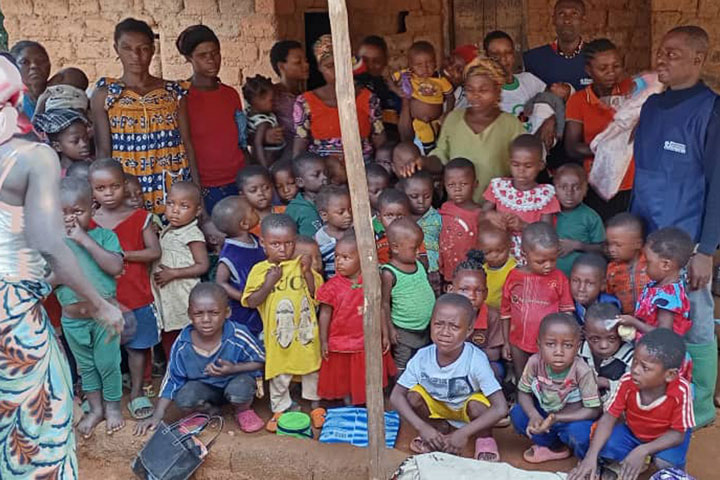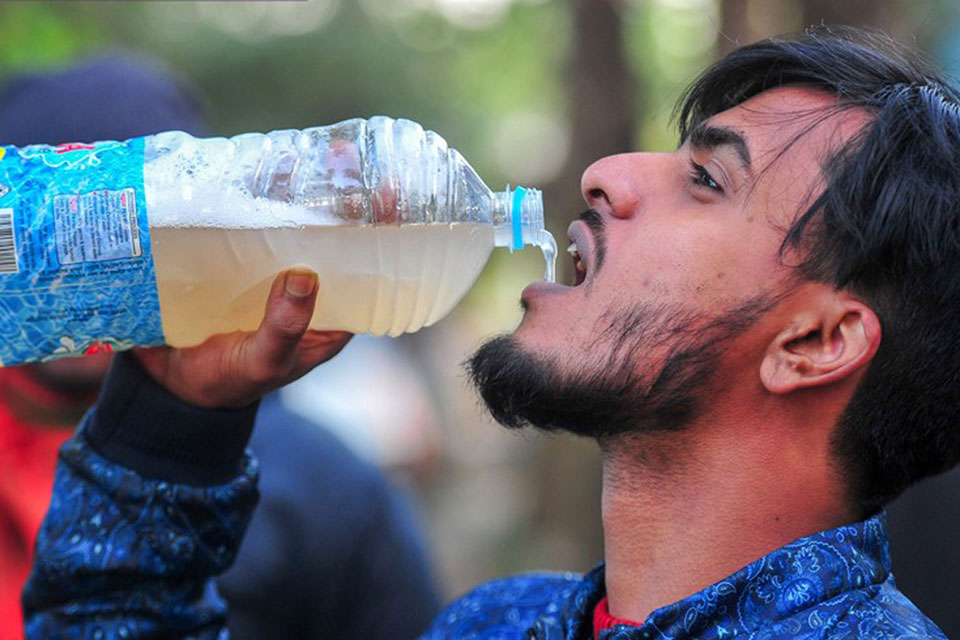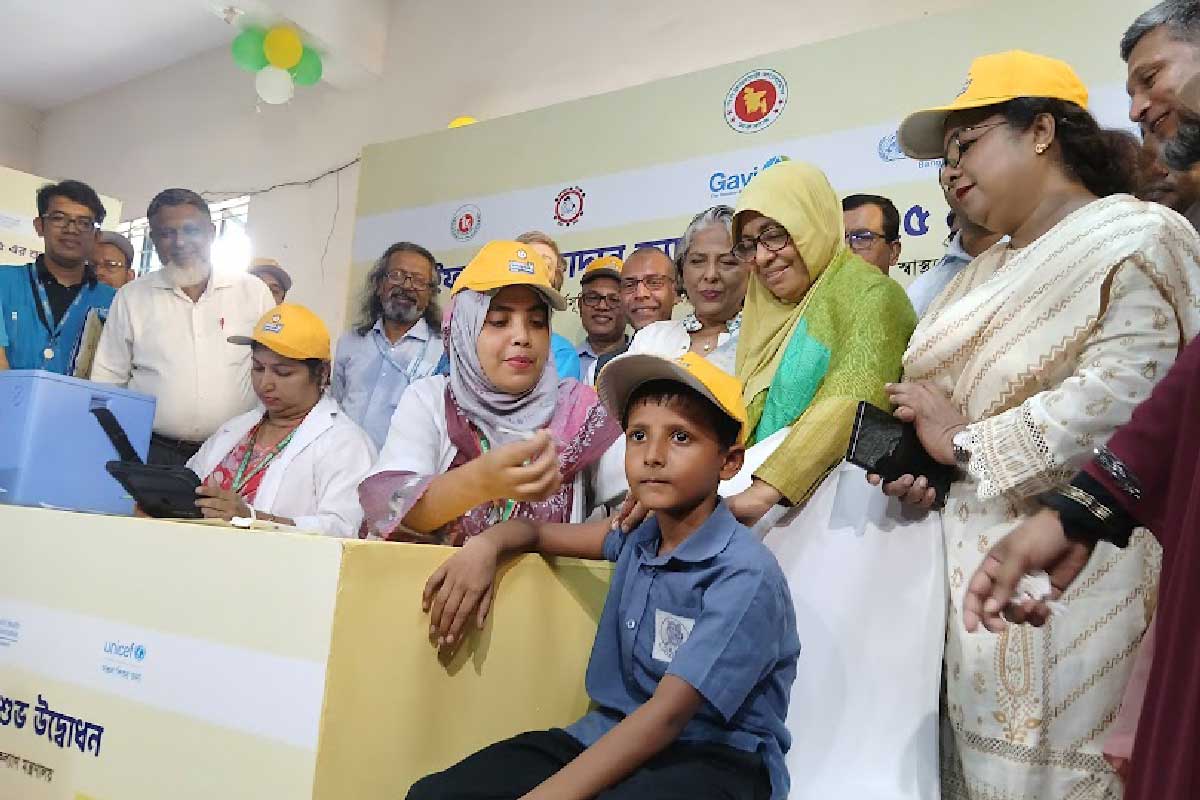The battle against malaria in five charts
One of the world’s deadliest diseases still kills millions, though we now have a range of tools to fight it.
- 26 November 2024
- 4 min read
- by Priya Joi
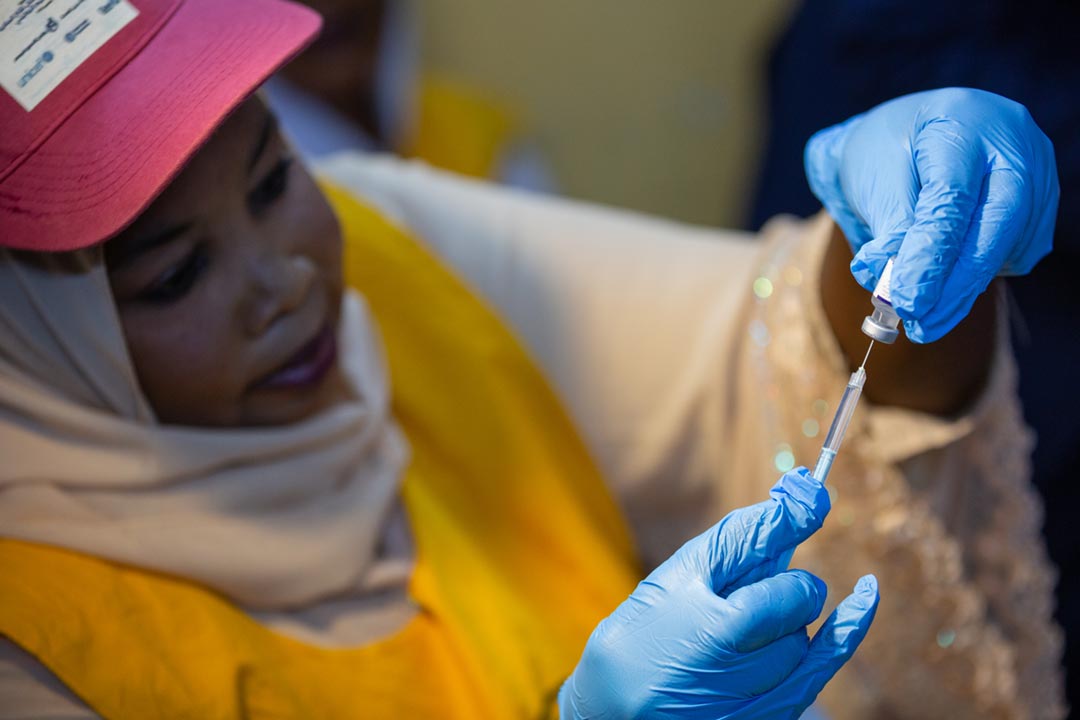
Malaria is one of the world's most ancient diseases, ravaging countries across the world for millennia.
Right now, Africa is the continent most affected, although the disease is prevalent across Asia and Latin America. Europe eliminated malaria years ago, but a planet that is warming due to climate change is expanding the habitats that malaria-carrying mosquitoes can live in, putting people in more temperate climates at risk.
After nearly half a century, not one but two vaccines were developed and shown to be safe and effective.
Between 2000 and 2015, major advances had been made in bringing down cases and deaths. The disease has been eliminated in some countries through a combination of mosquito control through insecticide spraying and bed-nets and treating infections with antimalarials.
However, growing resistance to insecticides and antimalarials is putting this progress in peril. While the development of malaria vaccines is a major achievement that will save many lives in conjunction with other interventions, it requires adequate investment to be able to reach those who are in urgent need.
1. Malaria is one of the world's leading killers of children younger than five years
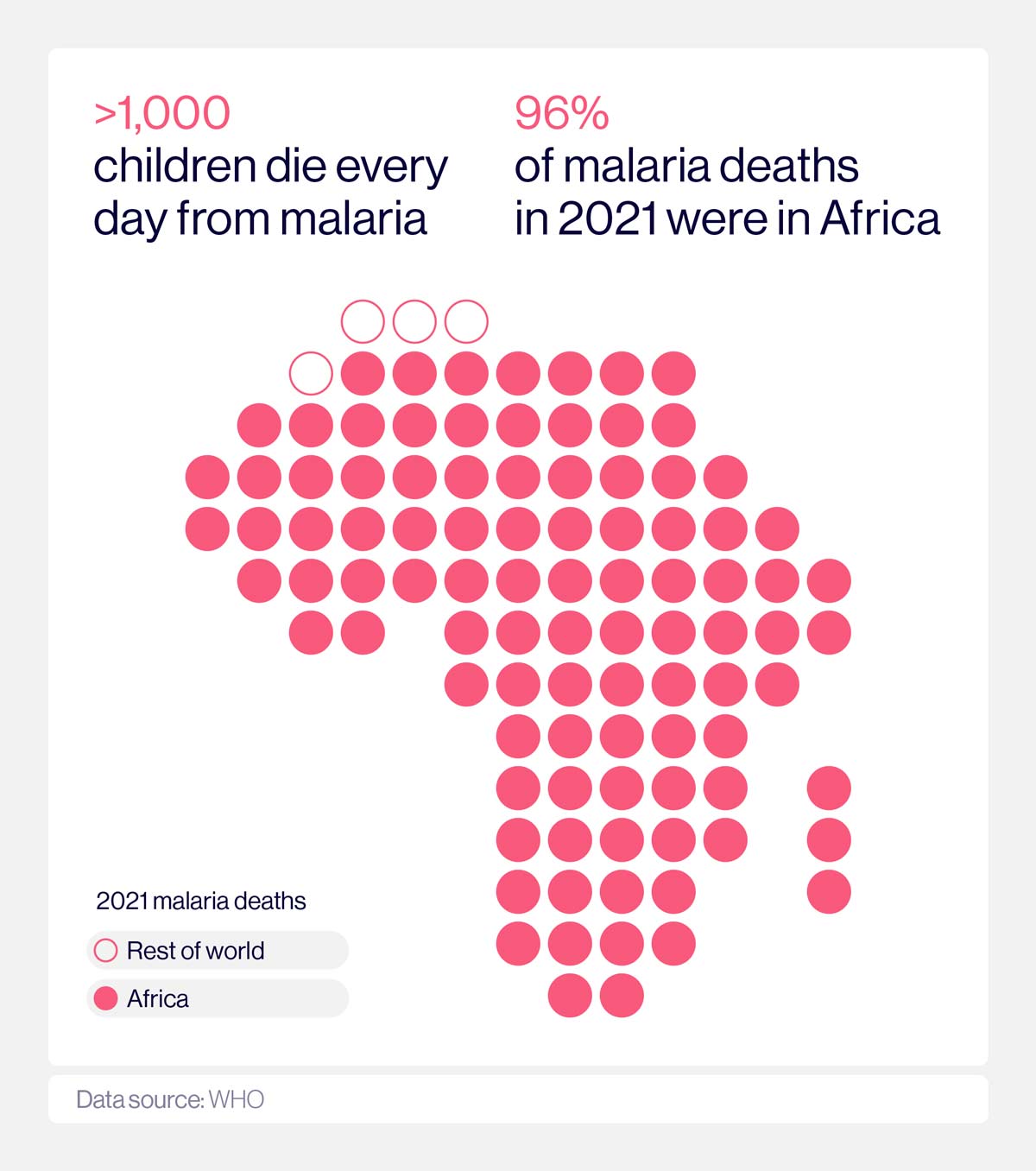
Nearly every minute, a child under five years dies of malaria. Many of the families worst-affected are already living in poverty – the disease can spread where there is inadequate housing, poor water and sanitation and lack of access to health care facilities where people can access bed-nets and also treatment for infections.
An estimated 58% of malaria deaths occur among the poorest 20% of the world's population. The disease is hugely disruptive for societies – the cost of treating it can also send families further into poverty, and because it affects children, it can pull thousands out of education and dramatically affect their income later in life. In April 2024, the UNDP (United Nations Development Programme) called for poverty and malaria to be tackled together in a way that goes beyond just the health sector.
2. Progress in fighting malaria has been stalling

Between 2000 and 2015, substantial political commitment and funding saw the global death toll fall by almost 40%.
But in the years since, that incredible progress has stalled, with a substantial increase in deaths recorded during the COVID-19 pandemic.
3. Parasite resistance to the key antimalarial artemisinin is growing in Africa
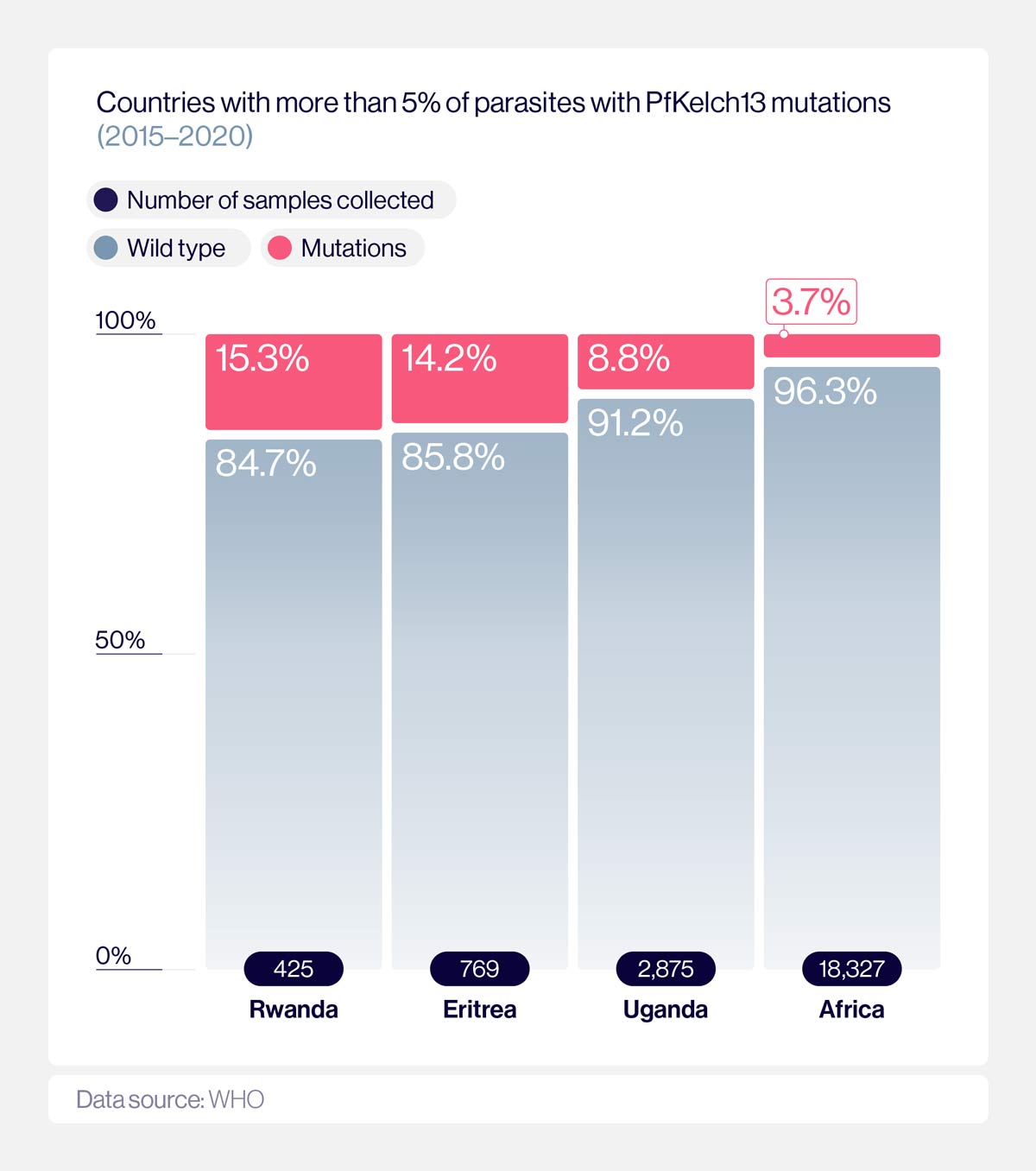
When resistance against artemisinin – the main antimalarial that is used in combination therapies – emerged in South-East Asia, experts were concerned about what would happen if it ever reached Africa, home to 95% of the world's malaria cases and 96% of malaria deaths.
Now, researchers are concerned as this is exactly what is happening. One of the main mutations being monitored is the PfKelch13 mutation, which tends to manifest clinically as delayed parasite clearance, making it take longer to get rid of the infection.
While most infections are still treatable, the pipeline of new antimalarial drugs is fairly empty. Scientists are working with countries to adapt their malaria control programmes to include different combinations of antimalarials or partnering artemisinin with two drugs rather than just one, as has been done previously, with the aim of slowing the development of resistance.
4. The development of a malaria vaccine was historic, but must be used with other interventions
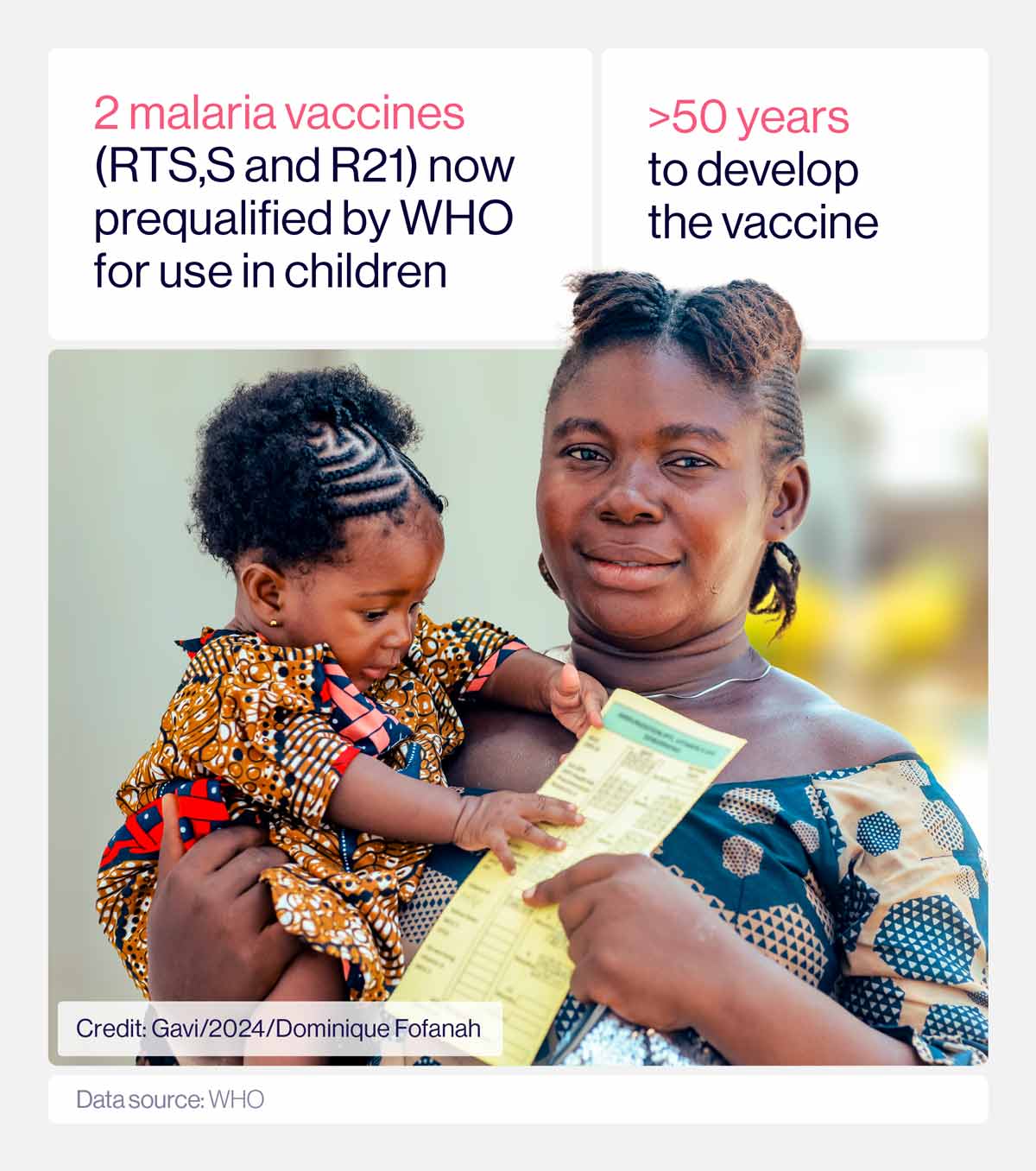
The journey of developing a malaria vaccine was epic, with researchers all over the world making it their life's mission to find a way to prevent a disease that still kills millions.
Unlike viruses, parasites are harder to create vaccines for as they are more complex organisms that have different forms depending on the point in their life cycle. This can make it hard to prime our immune systems against the parasite.
After nearly half a century, not one but two vaccines were developed and shown to be safe and effective.
WHO has said it is crucial that the vaccine be given alongside bed-nets and preventive antimalarials (chemoprevention) to fully protect people against the disease.
5. Gavi-supported malaria vaccines are rolling out across Africa
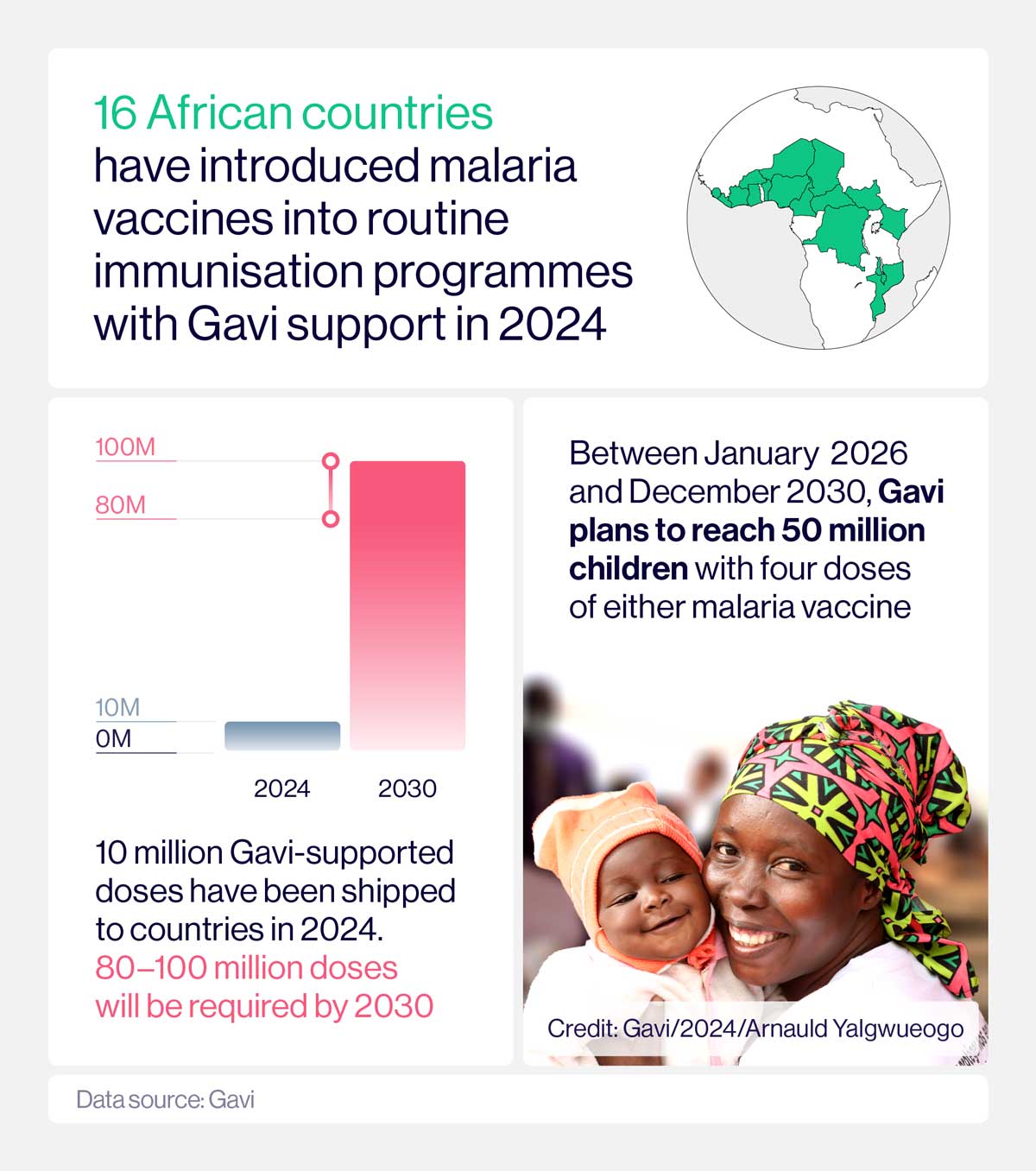
So far 16 countries have introduced this vaccine with Gavi support: Ghana, Kenya, Malawi, Cameroon, Burkina Faso, Sierra Leone, Benin, Liberia, Côte d'Ivoire, South Sudan, Mozambique, Central African Republic, Niger, Chad, the Democratic Republic of the Congo and Sudan. Other introductions are planned in the coming weeks.
These vaccines have huge potential to save lives and reduce cases of this horrific disease. Gavi is now fundraising for its 2026–2030 period, aiming to raise US$ 9 billion to help hundreds of millions of children access protection against a range of diseases, including malaria.
